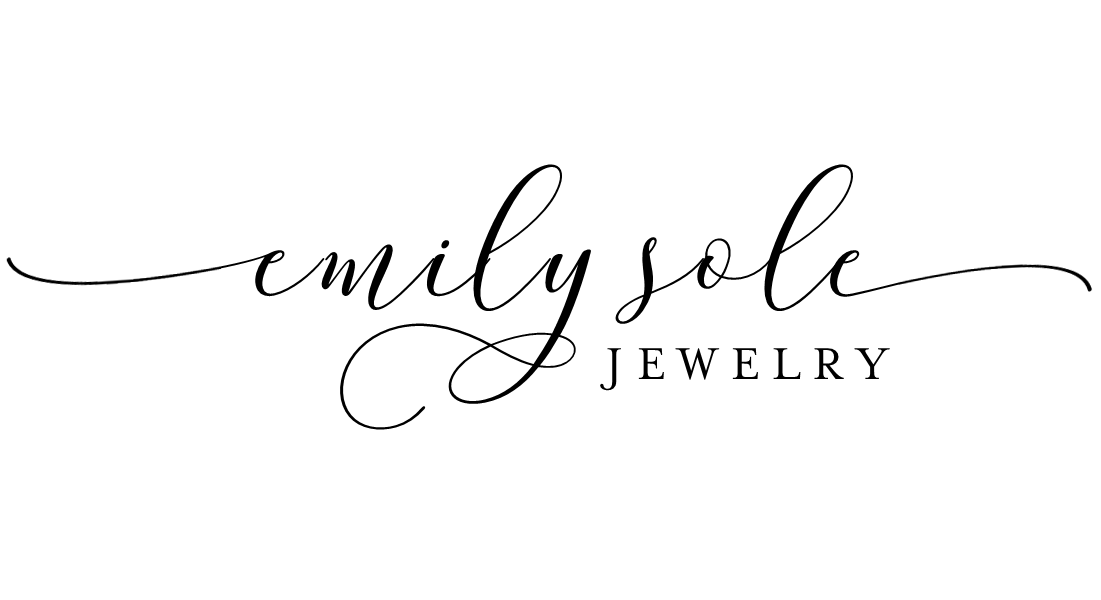The Fascinating World of Antique, Vintage, and Estate Jewelry
Jewelry has a unique way of capturing history. Each piece tells a story, reflecting the style and craftsmanship of its time. If you love jewelry with character and charm, exploring antique, vintage, and estate pieces can be a rewarding journey. While these terms are often used interchangeably, they refer to different eras and characteristics—here is what makes each one special.
Antique Jewelry
For a piece to be considered antique, it must be at least 100 years old. These treasures often showcase exceptional craftsmanship, as they were made before modern mass production techniques. Popular eras include the Victorian (1837-1901), Edwardian (1901-1915), and Art Nouveau (1890-1910) periods. Antique jewelry may feature delicate filigree work, rose-cut diamonds, and natural gemstones, making each piece a rare glimpse into the past.
Vintage Jewelry
Vintage jewelry typically refers to pieces that are at least 20 years old but less than 100. This category includes iconic designs from the Art Deco (1920s-1930s), Retro (1940s-1950s), and Mid-Century (1950s-1960s) eras. Vintage jewelry often reflects bold styles and innovative techniques. Think geometric shapes from the Art Deco period or the playful, colorful gemstone designs popular in the Retro era.
Estate Jewelry
Estate jewelry is a broad term referring to any pre-owned jewelry, regardless of age. While it can include antique and vintage pieces, it may also encompass more modern designs. Estate jewelry often holds sentimental value and can be an affordable way to own high-quality, unique pieces with a history.
Whether you are drawn to the romance of antique jewelry, the boldness of vintage designs, or the charm of estate pieces, each category offers something truly special. Exploring these timeless styles allows you to wear a piece of history while adding a distinctive touch to your collection.

